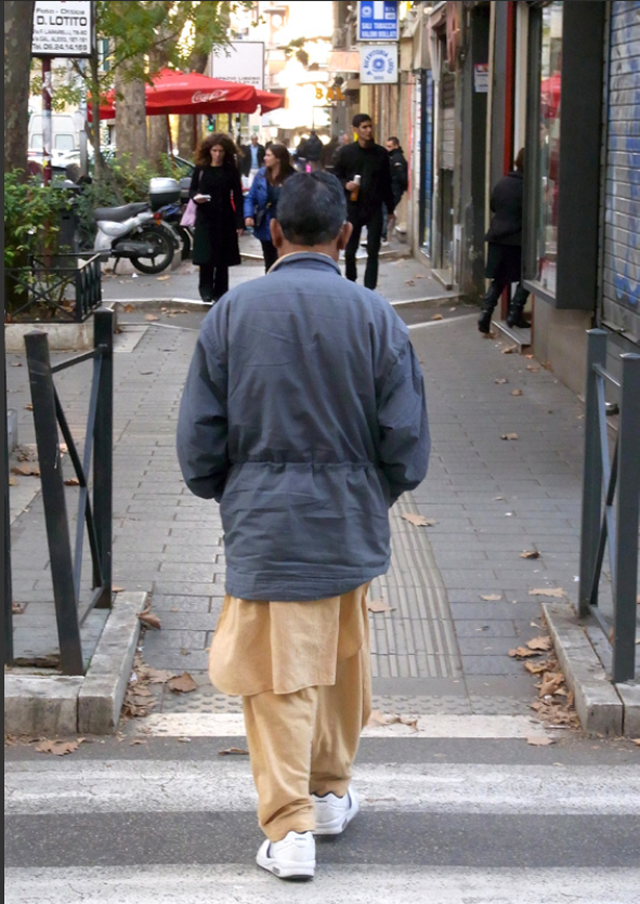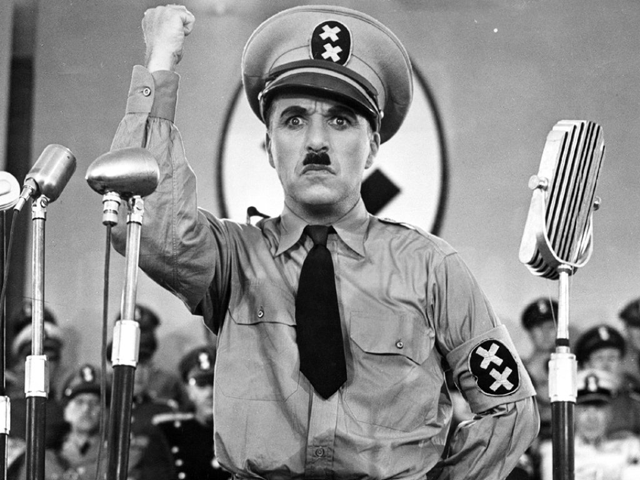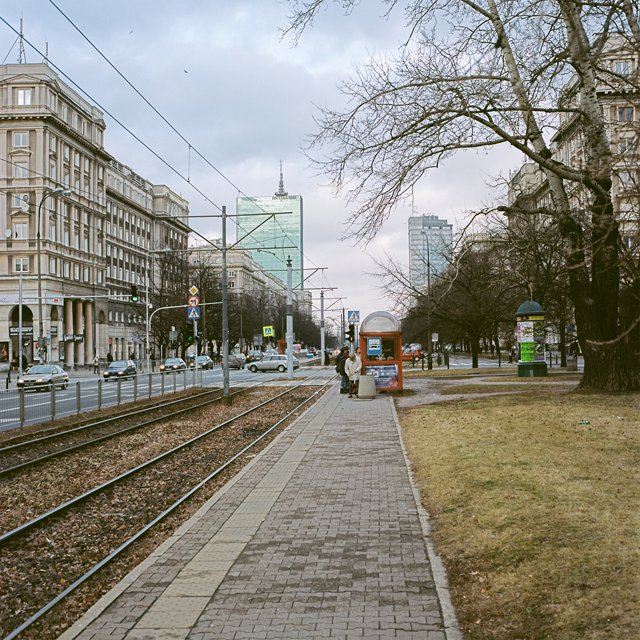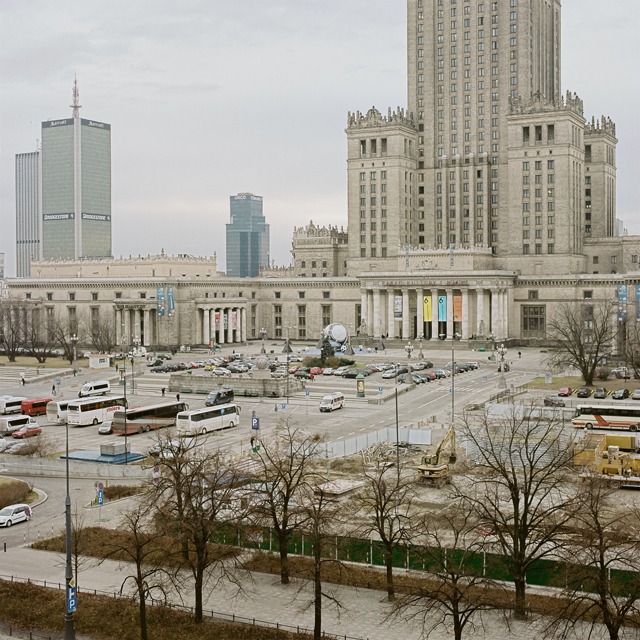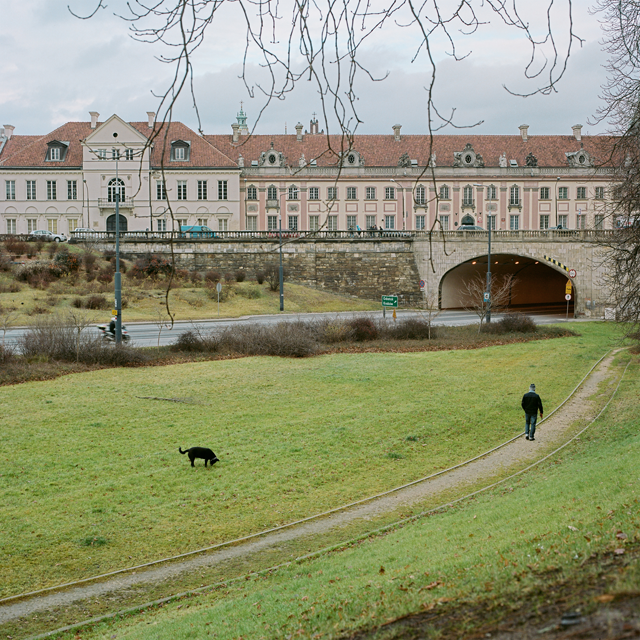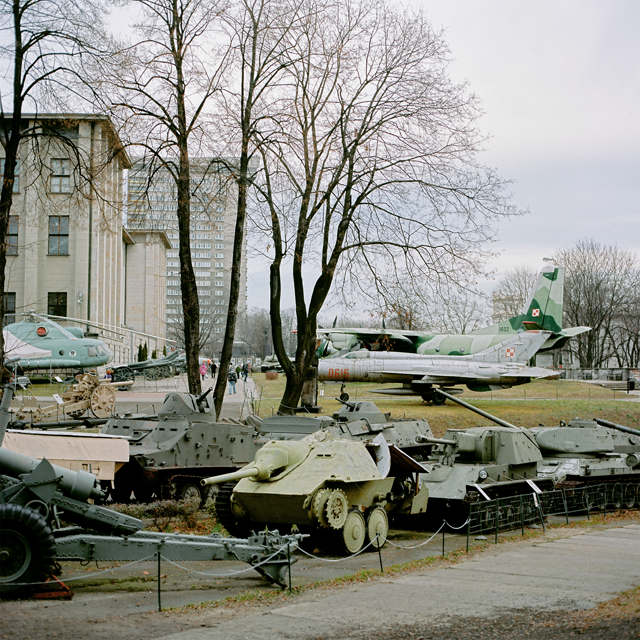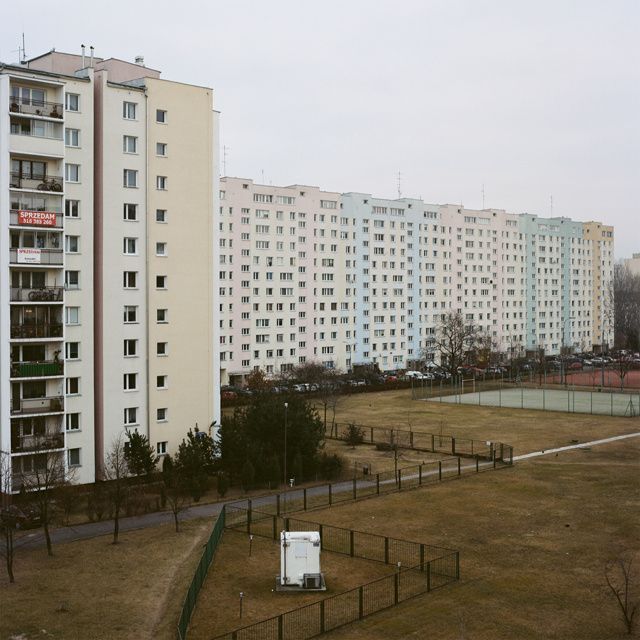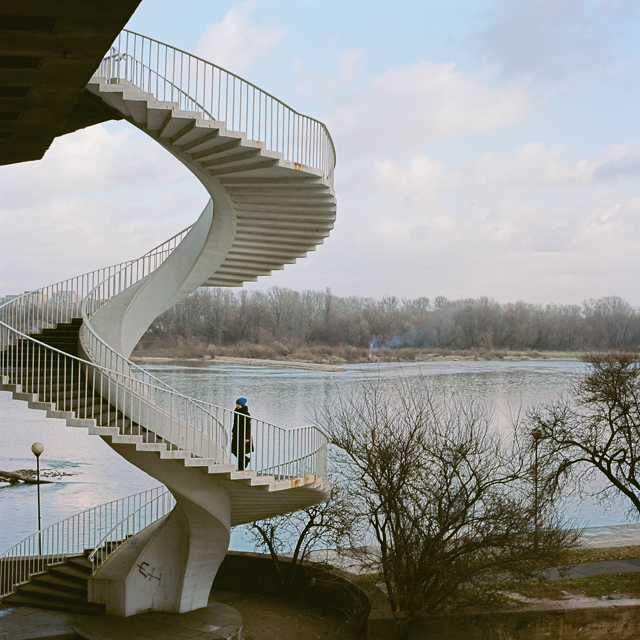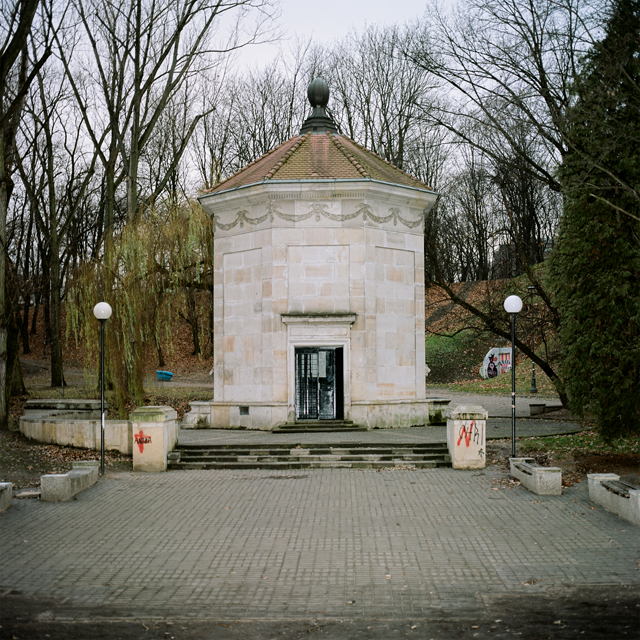SIMONE DE IACOBIS | Miracle at the Vistula
Warsaw is often considered chaotic. The downtown is made of urban scale elements which are not sufficiently present in the collective consciousness. The massive scale of the Second World War’s destruction largely removed the city’s fabric and gave the postwar planners a huge freedom to rebuild the city as a mixture of reconstruction and newly created urban parts, in socialist-realist and modernist manner.
The architectural historian Tomasz Markiewicz recently prepared the exhibition: “Let’s Build a New Home. The Reconstruction of Warsaw in the period 1945–1952″ held by the “History Meeting House” in Warsaw.
Contextually he released an interview on this very same topic where he points out powerful assertions concerning precise strategical military purposes behind the official propaganda. These theories are most likely true in consideration to all the so called post-communistic countries, something that can affect the way of approaching the urban development debate.
MURANOW – MDM
Realization: 1952-1954
architects: Barbara Andrzejewska, Stanislaw Szurmak, Stanislaw Brukalski, Waldemar Hinc.
“The Warsaw uprising of 1944 is one of the reasons for the development of so many wide streets and empty spaces in the center. It would be hard here to build a barricade…It is not a secret that the Plac Konstytucji’s gates leading to Sniadeckich st. or Koszykowa st. are sized on the height and width of the tanks” - Tomasz Markiewicz
PLAC DEFILAD
The square was built in 1955 along with the Palace of Culture and Science.
“It’s width and structurally reinforced surface suggest it was meant to be an emergency airport”
Tomasz Markiewicz
TRACA WZ
The east-west freeway is the first infrastructural investment after the Second World War. (1947-1949)
architects: Henryk Stamatello, Józef Sigalin, Stanislaw Jankowski, Zygmunt Stepinski, Jan Knothe, Biuro Odbudowy Stolicy (BOS)
“The W-Z route became a priority and therefore it was built within only 2 years. It is obvious that the crucial connection between east and west was a strategical issue, very important for the russians”
Tomasz Markiewicz
MUZEUM WOJSKA POLSKIEGO
It is the museum of the polish army and was opened by Józef Pilsudski right after
the year 1920.
Nowadays it’s located in the city center awaiting to be replaced in a proper site.
The new museum headquarter should be completed in the 2013
WAWRZYSZEW
It is a neighborhood made of 9 blocks of flats designed in 1973 by Ryszard Tomicki to host the workers of the HUTA WARSZAWA (Warsaw Steel Plant) which neighbours the site.
Each of them contains 20 000 inhabitants.
The buildings are placed with no regard for the existing urban structure of the neighborhood placed between the HUTA WARSZAWA and the city center.
It is common knowledge among the tenants that those blocks were meant to absorb the shock wave generated
by the bombing of the plant.
The Steel Plant was considered the first sensible target in case of war
WISLA
Warsaw is the only european capital which is not taking advantages from the riverside.
The Polish army guided by Józef Pilsudski defeated the Bolshevik army in a legendary battle called “Miracle at the Vistula” in august 1920.
“We do not know for sure, but it’s very possible that the Russians insisted on clearing the land on the Vistula, to make it easily ferried
and consequently harder to defend.”
Tomasz Markiewicz
WODA OLIGOCENSKA
In Warsaw there are 107 fountains, water is extracted from 200 meters under ground. This pavilion was designed by Szymon Bogumil Zug in 1776-1779.
“The Warsaw uprising in 1944 went on for 63 days. Stalin decided to staunch the acces to the water when he understood that it would be an essential resource in case of rebellion…when communism collapsed the city re-opened those sources”
Tomasz Markiewicz
Related Posts :
Category: Article
Views: 3019 Likes: 0
Tags: illustration , Józef Piłsudski , Palace of Culture and Science Warsaw , photography , SIMONE DE IACOBIS , Stanisław Jankowski , Szymon Bogumił Zug , Tomasz Markiewicz , Vistula , Warsaw , World War II
Comments:
Info:
Info:
Title: SIMONE DE IACOBIS | Miracle at the Vistula
Time: 16 marzo 2012
Category: Article
Views: 3019 Likes: 0
Tags: illustration , Józef Piłsudski , Palace of Culture and Science Warsaw , photography , SIMONE DE IACOBIS , Stanisław Jankowski , Szymon Bogumił Zug , Tomasz Markiewicz , Vistula , Warsaw , World War II

